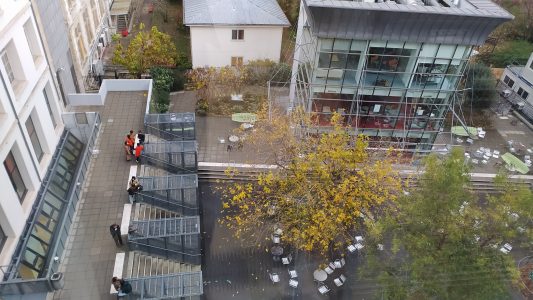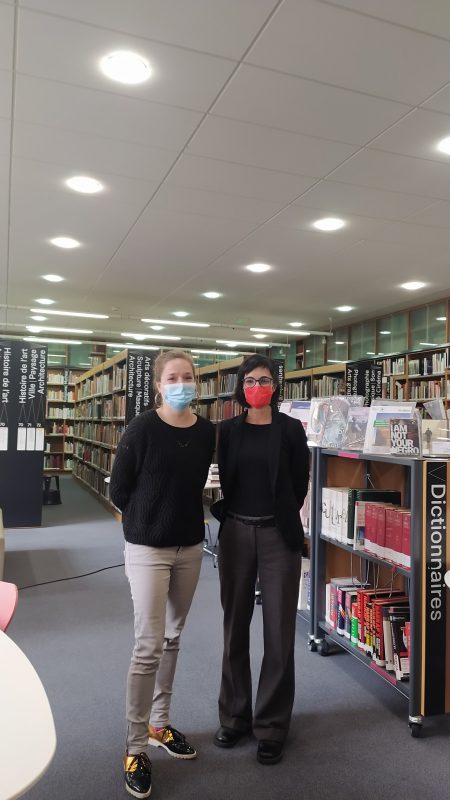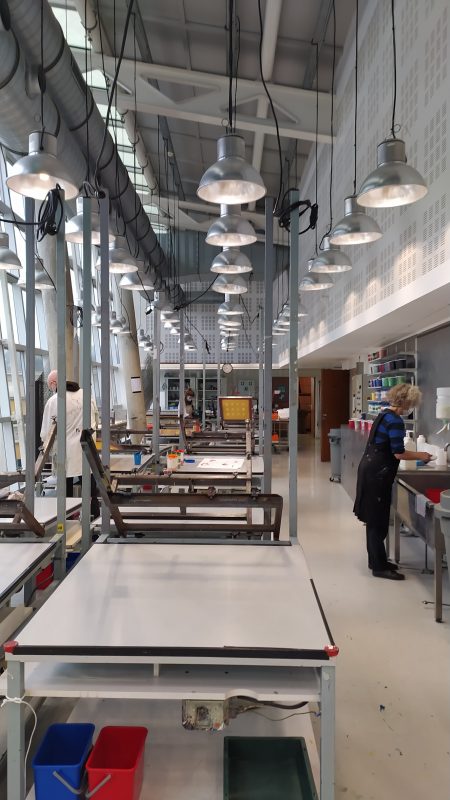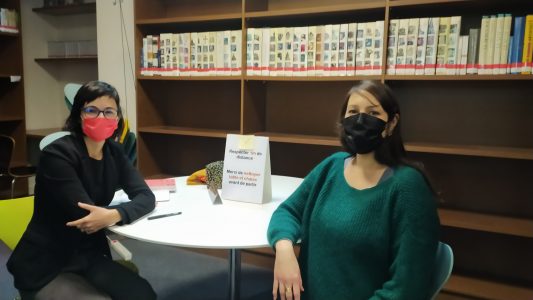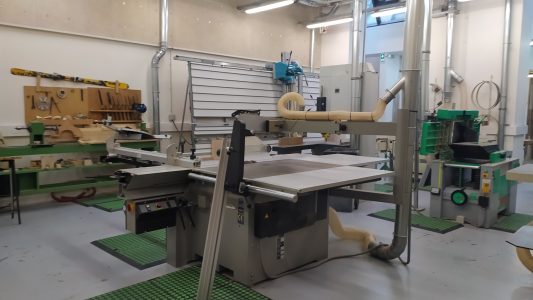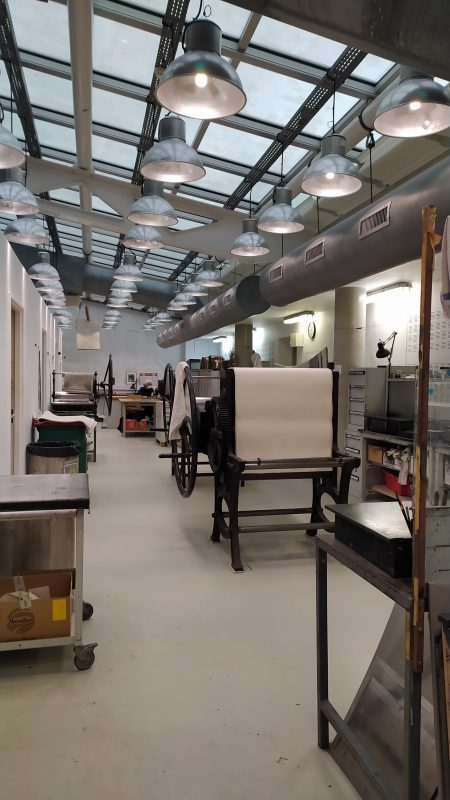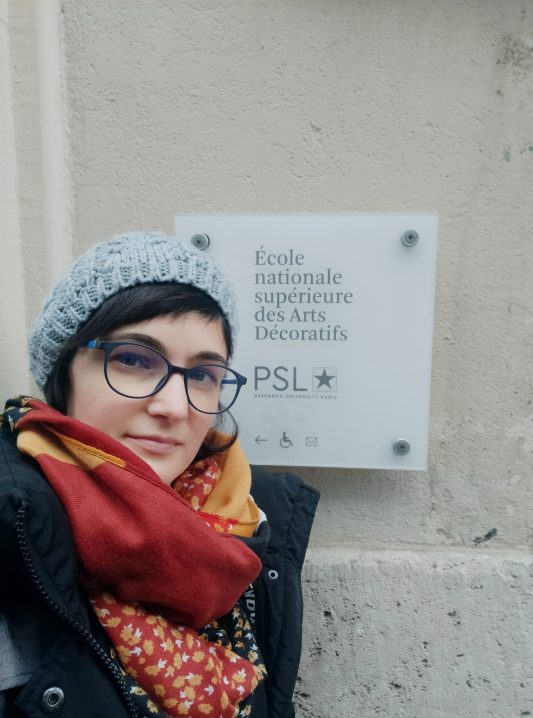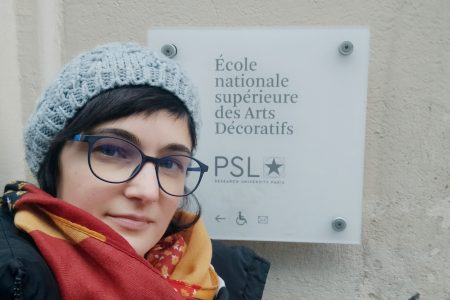
MY TRAINING MOBILITY IN PARIZ: Žana Bogunović, Faculty of Applied Arts
Žana Bogunović
University of Arts, Faculty of Applied Arts (FAA)
Erasmus+ Mobility for Training at:
École nationale supérieure des Arts Décoratifs (EnsAD), Paris, France
Visiting EnsAD was an opportunity to get familiar with certain aspects of work of EnsAD relevant for functioning the International Relation Office at the Faculty of Applied Arts in Belgrade. Two objectives were set with mobility and that was to compare operations and services offered to the international and/or home students and staff who participate in the exchange programmes through the familiarization with the examples of good practices related to the administration of the mobility/exchange programmes and the second one was to learn more about possible modes of cooperation with other HEIs, enterprises, alumni and wider public especially in terms of developing non-formal forms of education and cooperation projects with EnsAD itself.
On the first day of mobility, I met Ms. Ludivine Zambon who is in charge of mobility and international partnerships. After we have resolved all the necessary administrative arrangements that are an indispensable part of any Erasmus mobility, she showed me the school and introduced me to her colleagues. She showed me the classrooms, workshops, library and research facilities that are available for students and staff. During our visit to different departments, I had an opportunity to meet some of the professors and discuss with them an open possibility of cooperation with professors from FAA. They showed their interest in developing common workshops that can be organized through Erasmus mobility. Special interest for each side was the collaboration through the EnsAD LAB where doctoral students can perform their research. At the moment there are 6 active research projects and there is interest to expand our new Erasmus inter-institutional agreement to the 3rd level of studies so cooperation with EnsAD LAB can also be established between our two institutions. Ms. Zambon informed me of the process of students’ mobility application process and internal promotions methods she uses to reach students.
As one of the primary goals of the mobility was to get familiar with the Alumni program PROMESSE, I had the great pleasure to meet Ms. Juliette Courtillier who is responsible for monitoring young graduates. She established a program for young alumni based on internal research of young graduates’ educational needs. She explained to me the process of creating and developing curricula for the program and the way of contacting and including professionals that are not affiliated with EnsAD. We discussed the main challenges in establishing such a program as well as main differences between our educational and institutional systems. We also opened the discussion of the possibility to expand the program they already conduct by giving it an international dimension. She showed an interest in including international partners and finding a common denominator in the curricula that can be beneficial for partners coming from different countries. She was very kind to share a detailed program of activities and topics which are covered in lectures and workshops held within the framework of the program. We also talked about the promotion of the program and general cooperation with alumni and the promotion of their success after graduation.
Another very useful meeting was with Mr. Jerome Meudic, an Officer in charge of partnerships and development. He was kind to present to me his everyday work and the different aspects of cooperation EnsAD has with industry and companies. We talked about the differences in our educational and tax systems. He explained to me different pillars of cooperation EnsAD has developed with the embassies, companies, other cultural centers and institutions.
Besides Mr. Meudic I had an opportunity to meet colleagues from his Service development unit who are in charge of promotional activities of the school. Each person is in charge of different aspects of promotional activities and I found it very interesting how tasks are divided and interconnected among units.
In general, I found this visit very useful in comparing our experiences and learning about possible ways of cooperation. Our systems of funding, internal organizational structure and promotional strategies differ greatly but I believe that we can learn from each other considerably especially through further Erasmus mobilities.
